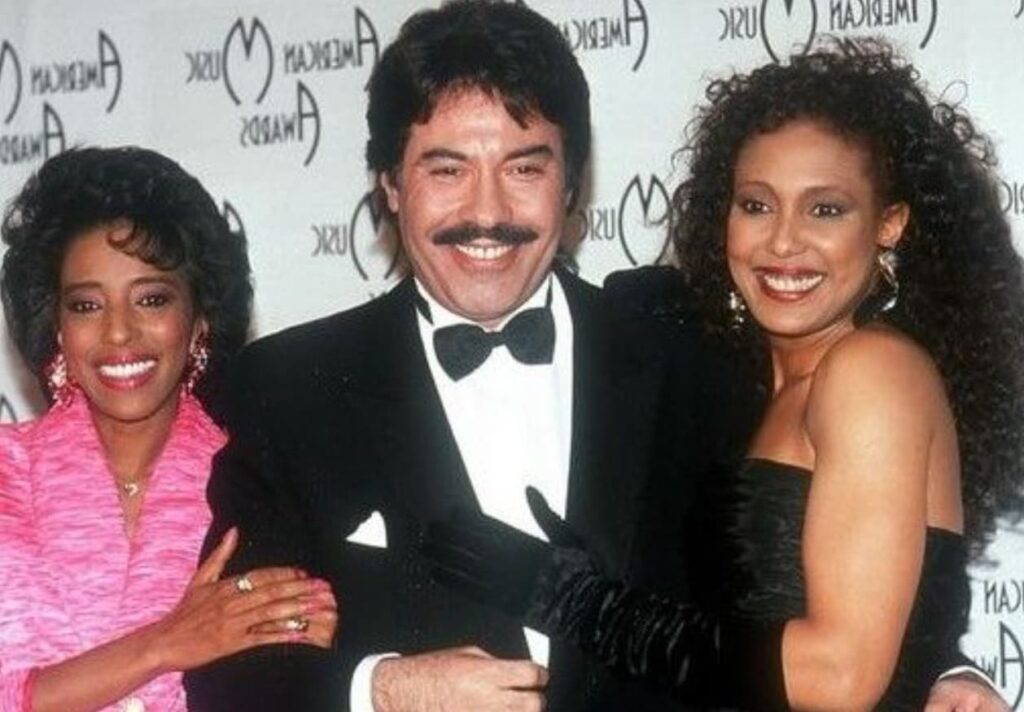
A Triumphant Return to Love and Forgiveness
The simple request for a yellow ribbon became a powerful, enduring symbol of hope, forgiveness, and unconditional love.
Oh, the memories that song conjures! It was 1973, the year the world seemed to slow down just long enough to listen to one simple, perfect pop song. “Tie a Yellow Ribbon Round the Ole Oak Tree” by Dawn featuring Tony Orlando wasn’t just a hit; it was a cultural moment, a sonic snapshot of an era yearning for happy endings. The song was a monumental success, soaring to the Number 1 position on both the U.S. Billboard Hot 100 and the U.K. Singles Chart, holding the top spot for four consecutive weeks in each country in the spring of 1973. It went on to become the top-selling single of 1973 in both the U.S. and the U.K., selling millions of copies and proving that a heartfelt, optimistic narrative could still capture the public imagination.
The beauty of this tune lies in its deceptively simple, yet deeply emotional, story—a tale of a man on a bus, anxiously returning home after three long years in prison, facing the ultimate moment of truth. He’s written to his beloved, asking her for one sign of forgiveness and welcome: a yellow ribbon tied ’round the titular ole oak tree. If the ribbon is there, he’ll know he’s still wanted. If not, he’ll stay on the bus and drift away, putting the blame squarely on himself. The suspense builds perfectly as the bus passengers, knowing the story, collectively hold their breath, looking out for that fateful sight. Of course, in the triumphant climax that is pop perfection, it’s not just one ribbon, but a hundred yellow ribbons, signaling not just acceptance, but an overwhelming, enduring love.
Songwriters Irwin Levine and L. Russell Brown (who also penned Dawn’s previous chart-topper “Knock Three Times”) didn’t conjure this story from thin air. They adapted a piece of American folklore that had circulated for decades, though it gained fresh traction from a 1971 New York Post column by Pete Hamill titled “Going Home,” which was later reprinted in Reader’s Digest. While there were earlier, less widespread historical associations of the yellow ribbon with military devotion, it was this jaunty, earnest Tony Orlando & Dawn recording from the Tuneweaving album that cemented the yellow ribbon as the ubiquitous, modern symbol of hope, return, and remembrance.
Think back to the early 1970s. The Vietnam War was winding down, and a divided nation was beginning a painful process of healing and reunion. Though the song’s narrator is an ex-convict, its emotional core—the powerful, universal need for acceptance after a long, difficult separation—resonated deeply with the experiences of returning soldiers, their families, and really, anyone who had waited for a loved one. This resonance explains its enduring power; years later, in 1981, when American hostages were finally freed from Iran, the yellow ribbon tradition spontaneously erupted across the country, a heartfelt testament to the song’s lasting cultural impact. The song is a warm blanket of a tune, its bouncy melody and Tony Orlando’s earnest vocal performance providing the comforting, certain promise that even after the longest night, there can always be a glorious dawn. It’s a message that never gets old.